Math is Beautiful part 3
MATH IS BEAUTIFUL: Mathematical Patterns in Juggling
A basic primer for learning Siteswap
Juggling has been defined as manipulation of more objects than there are hands. I've also heard it described as just learning to drop things in more and more complicated ways. The classic definition involves balls moving through the air, with the standard 3 ball cascade involving one ball in the air, and a ball in each hand.
Balls are thrown one at a time alternating which hand does the throwing: first
one hand and then the other. Right, Left, Right, Left, Right, Left...
The basic 3 ball pattern doesn’t take long to figure out – every time a ball is close to landing in a hand you throw another one up to replace it. Timing is also important; a given ball spends about half of its time in the air and the other half in one of the hands. This movement pattern (the 3 ball cascade) can be adapted to produce more interesting patterns by varying each ball's height and timing.
A basic primer for learning Siteswap
Juggling has been defined as manipulation of more objects than there are hands. I've also heard it described as just learning to drop things in more and more complicated ways. The classic definition involves balls moving through the air, with the standard 3 ball cascade involving one ball in the air, and a ball in each hand.
Balls are thrown one at a time alternating which hand does the throwing: first
one hand and then the other. Right, Left, Right, Left, Right, Left...
The basic 3 ball pattern doesn’t take long to figure out – every time a ball is close to landing in a hand you throw another one up to replace it. Timing is also important; a given ball spends about half of its time in the air and the other half in one of the hands. This movement pattern (the 3 ball cascade) can be adapted to produce more interesting patterns by varying each ball's height and timing.
As with all patterns, these movements can be expressed mathematically.However, it was not until 1985 that a model for juggling heights was developed by Bruce Teimann. Prior to this jugglers described the height of the throws either by the estimation of distance (2 feet) or by even looser terms such as "a bit higher".
The mathematical model, called Siteswap, uses numbers to represent the time between a ball being caught, thrown, and caught again. Siteswap denotes time in between throws, and this time can be broken down into beats. The numbers in siteswap represent the number of rhythmic beats until a ball is thrown again. The larger the number the higher the throw as it will take longer for a ball to complete it's parabola (more beats).
Some common three ball patterns are represented by the siteswaps 3, 441, 531, 6316131, 52512. Some common four ball patterns are 4, 741, 534, 6451, 7441, 7531.
Because the patterns repeat, we just write all the numbers once. Instead of 3333333333333, we can simply say "3" and know to repeat it. Instead of 423334233342333, we just write 42333 as the pattern's name.
The mathematical model, called Siteswap, uses numbers to represent the time between a ball being caught, thrown, and caught again. Siteswap denotes time in between throws, and this time can be broken down into beats. The numbers in siteswap represent the number of rhythmic beats until a ball is thrown again. The larger the number the higher the throw as it will take longer for a ball to complete it's parabola (more beats).
Some common three ball patterns are represented by the siteswaps 3, 441, 531, 6316131, 52512. Some common four ball patterns are 4, 741, 534, 6451, 7441, 7531.
Because the patterns repeat, we just write all the numbers once. Instead of 3333333333333, we can simply say "3" and know to repeat it. Instead of 423334233342333, we just write 42333 as the pattern's name.
Fun Math Fact of siteswap is that the average throw must be equal to the number of balls being juggled. This allows for us to figure out how many balls are being thrown in any given pattern. For example:
441 is 4+4+1= 9 /3 (3 numbers) = 3 ball pattern.
6316131 is 6+3+1+6+1+3+1= 21/7=3 ball pattern
534 is 5+3+4= 12/3= 4 ball pattern
This simple math can be used to engage children as a mathematical 'trick' that can be demonstrated in practice by a juggling teacher of moderate skill or by a siteswap pattern generator online. Children may have fun with a pattern generator online trying different combinations of numbers to make different juggling patterns. Juggle clown juggle!
http://jugglinglab.sourceforge.net/
Siteswap gets more complicated the further down the rabbit hole you go. Juggling mathematicians have been calculating siteswaps and mapping patterns in ever-increasing complexity since it's creation in the 80's. However the scope of this blog is to demonstrate not only my own rudimentary learning on the subject but to explore some ways I could integrate Math into my circus teaching practice. Children who are learning juggling may be more motivated to explore the mathematical representation of the patterns they are creating beyond 3 ball cascade. The availability of online pattern generators allows for them to play with patterns in theory that may be beyond their ability to juggle in practice. Many incredible patterns come only from the direct study of the math behind juggling. The ability to think about patterns in mathematical terms allows us to link numbers with our own artistic expression and to realize that math is, in fact, beautiful.
441 is 4+4+1= 9 /3 (3 numbers) = 3 ball pattern.
6316131 is 6+3+1+6+1+3+1= 21/7=3 ball pattern
534 is 5+3+4= 12/3= 4 ball pattern
This simple math can be used to engage children as a mathematical 'trick' that can be demonstrated in practice by a juggling teacher of moderate skill or by a siteswap pattern generator online. Children may have fun with a pattern generator online trying different combinations of numbers to make different juggling patterns. Juggle clown juggle!
http://jugglinglab.sourceforge.net/
Siteswap gets more complicated the further down the rabbit hole you go. Juggling mathematicians have been calculating siteswaps and mapping patterns in ever-increasing complexity since it's creation in the 80's. However the scope of this blog is to demonstrate not only my own rudimentary learning on the subject but to explore some ways I could integrate Math into my circus teaching practice. Children who are learning juggling may be more motivated to explore the mathematical representation of the patterns they are creating beyond 3 ball cascade. The availability of online pattern generators allows for them to play with patterns in theory that may be beyond their ability to juggle in practice. Many incredible patterns come only from the direct study of the math behind juggling. The ability to think about patterns in mathematical terms allows us to link numbers with our own artistic expression and to realize that math is, in fact, beautiful.
Many thanks to Katlan Irvine of Vesta Entertainment for the hours of conversation, demonstration, and laughter in the creation of this 3 blog series, Math is Beautiful.
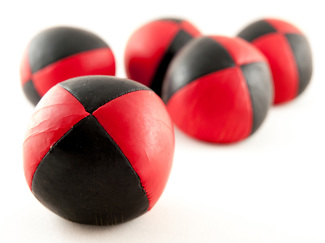
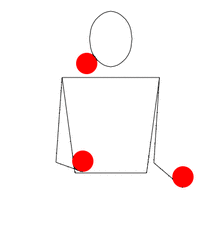
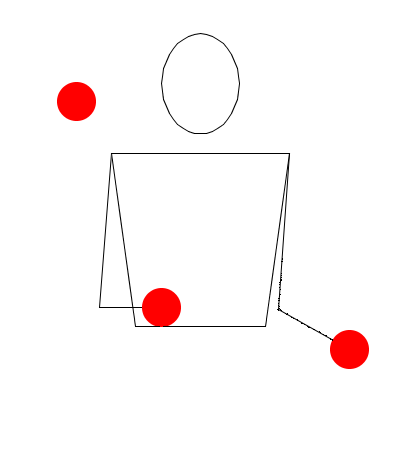
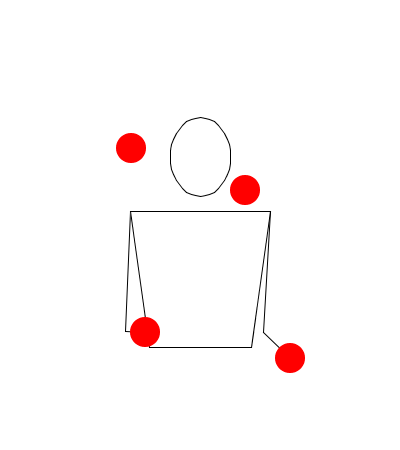
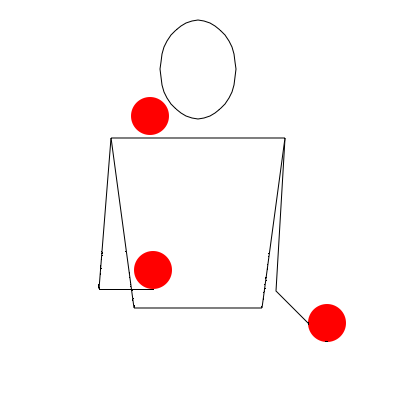

 RSS Feed
RSS Feed
